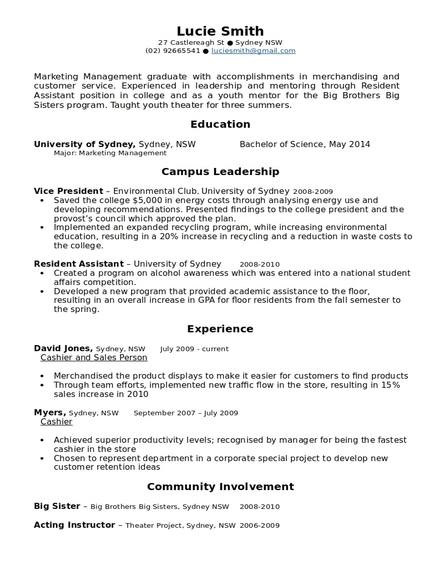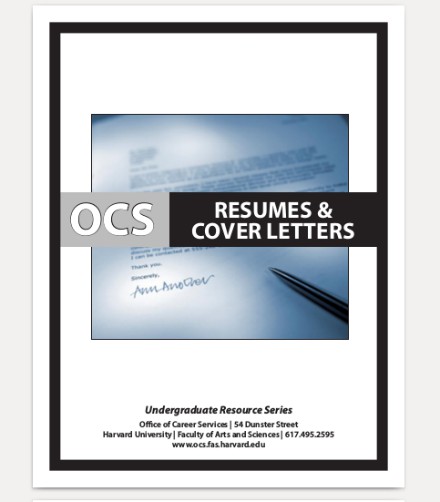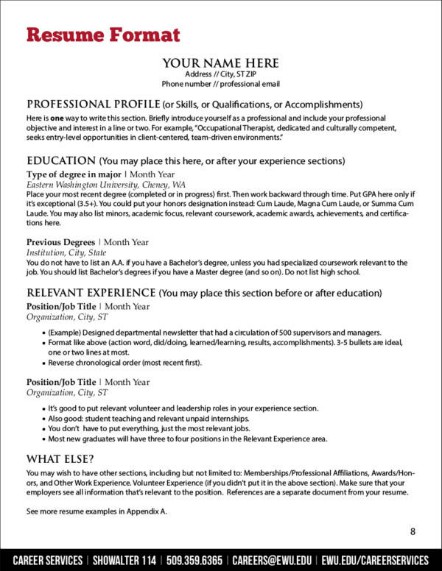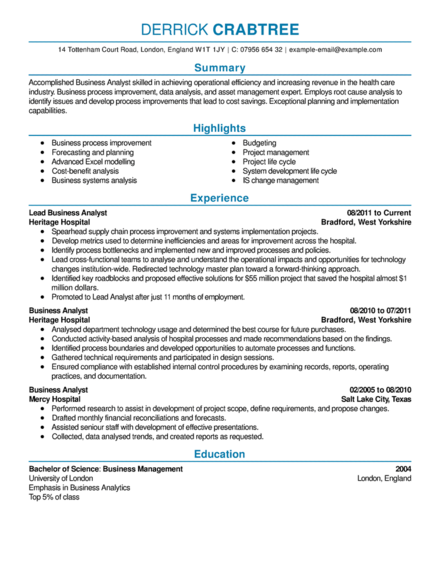10+ Corporate Resumes and Examples to Download
Before an individual works for a company, he or she first needs to apply for a job. And to apply for a job, the individual needs to submit a resume. Resumes have increased in importance the past few years. Companies no longer simply hire individuals based on what’s written in their resume, but rely on other factors as well.
To help you create an effective and detailed resume that will surely increase your chances of getting hired, we have provided some examples and templates of corporate resumes that you can download for free.
Elements of a Good Corporate Resume
Listed below are the elements of a good corporate resume. Make sure to include all the elements when you will be creating your own resume.
- Personal information: A resume always starts off with the personal information. Here, personal information pertains to your full name, contact number (mobile or landline), email address, and current home address. List down the personal information, as well as your 1×1 inch or 2×2 inch ID photo in the first page of the resume, specifically at the topmost part of the first page.
- Objective: Objective can also be considered as a career goal. You have to be very clear in writing your objective, as the information you write here might not match with the information you listed down in the resume. Additionally, the objective should be no more than two sentences long. The objective can be a general statement or a specific statement that matches the information written in your resume on what you want to achieve long-term in your career.
- Work experience: Work experience basically pertains to your previous employment in other companies. Work experience is one of the most important parts of a resume, and potential employers usually hire job candidates based on their previous work experience. Work experience should also be specific. The name of the company, the job position or held, and the dates (month and year) should all be listed in the resume.
- Skills: Aside from the work experience, skills always bear heavy weight in a resume. Employers will also look at the job candidate’s skills if they decide to hire the candidate or not. Skills mainly involve two things: technical skills and competencies. Technical skills are involved with the use and mastery of equipment, hardware, and software while competencies focus more on behavioral attributes.
- Education: Education is also an important aspect in a resume. Also similar to work experience, education should be specific and should include the name of the school or university, course and degree (if college or postgraduate), and the dates of attendance. Although potential employers will be looking at work experience and skills, education should still be listed in the resume even if you did not have a college or postgraduate degree.
- Character references: Character references is an underrated section of a resume. Although there are employers who do not usually contact character references listed in the resume, it is better to list them down anyway. Some employers base their decision in hiring a candidate from the character references. Even if they are impressed with the qualifications of the applicant but cannot contact the names listed in the character references, then they will be the said candidate’s application.
10+ Corporate Resume Templates
Free Business Process Executive Resume Design
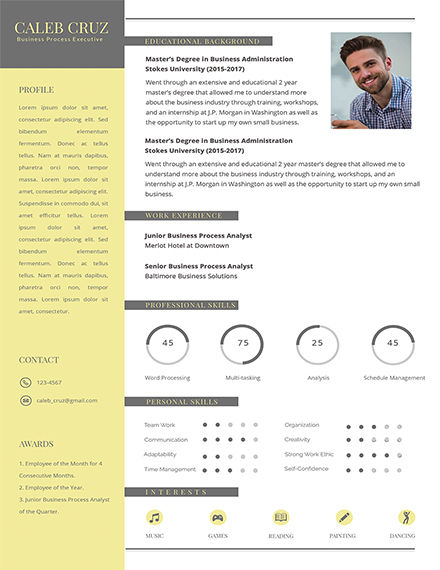
Corporate IT Expert Resume Sample
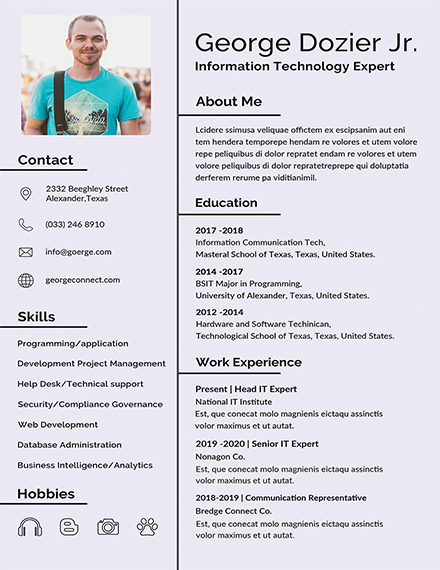
Corporate Fresher Resume Sample

Corporate IT Professional Experience Resume
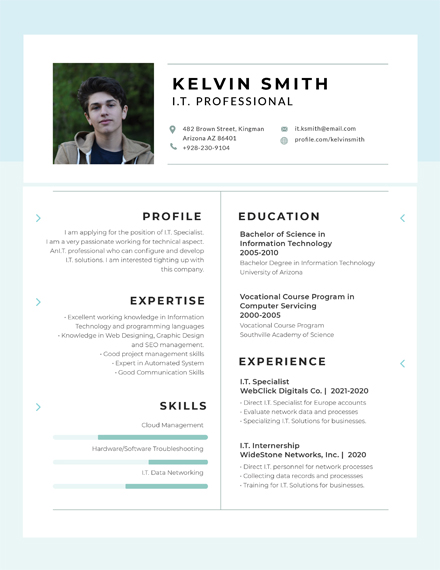
Free Corporate Resume Template
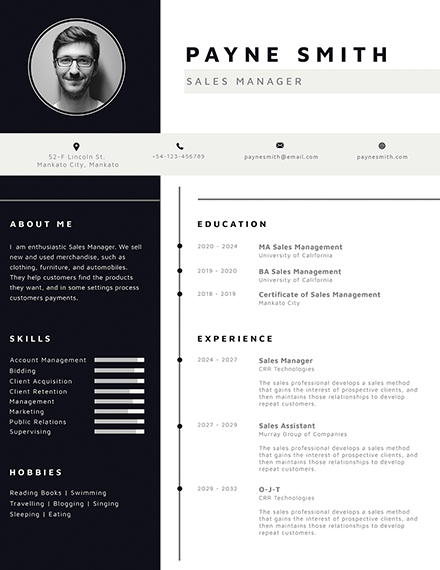
Marketing Management Corporate Resume
Resume Cover Letter for Undergrad Sample
Corporate Resume Format Outline
Corporate Business Analyst Resume
CEO Resume Example
Simple Tips for an Excellent Corporate Resume Layout
Focus on the skills, work experience, and education
When employers read resumes, they focus on three aspects: skills, work experience, and educational background. That is the reason why you should focus on these aspects when you will be creating the resume. If you are already aware of your skills or know what you are capable of, then it won’t be difficult to write down your skills in the resume.
In regards to work experience and educational background, the details that you should write must be specific (i.e. name of previous companies, name of school or university, dates of employment, and dates of attendance). If any of these information is lacking, then employers will not allow you to proceed the job application process.
Write all of these information in the first page of the resume.
Photo and personal information should be written in first page
Aside from the skills, work experience, and educational background, your photo and personal information should be listed in the first page of the resume. The photo and personal information (name, contact number, email address, current home address) should be placed on the first page for verification purposes by the employer. They will immediately look at the personal information if they will consider you for the position.
In regards to the placement, the photo and personal information should be placed on the topmost corner of the resume’s first page. The photo should be placed on the right side while the personal information on the left side. The other information in the resume should follow below.
Keep in mind that personal information does not pertain to information that will compromise your identity or financial security (i.e. pin codes or passwords to your bank account or other confidential information).
Use an appropriate photo
Speaking of a photo or image, you should use an appropriate photo in the resume. Appropriate photo means that you should not wear a tank top or a plain shirt for the photo. Since you will be submitting the photo to numerous employers, wear formal attire or business casual clothes. Formal attire refers to a suit (and tie) or a blazer while business casual clothes refer to button-down shirts and long sleeves.
Additionally, use an ID photo for the resume (preferably, 1×1 inch or 2×2 inches in dimension). Since this is an ID photo, the focus should only be on the face and not the entire body. Additionally, the background of the photo should be white with no other designs or colors.
Limit resume to two pages ONLY
The resume should not be more than two pages. This is because potential employers will not be reading the entire content. In fact, they will just be scanning and searching for information such as your skills, work experience, and educational background. Employers immediately ignore resumes that are very lengthy. Even if the resume is filled with achievements and work experience, if it’s too long (three or more pages) then it would be of no use.
Steps to Designing a Corporate Resume
Listed below are the steps in designing a corporate resume. Follow these steps so that you can create an effective resume that will increase your chances in getting hired.
1. Gather the necessary information
Before you commence writing your resume, you first need to gather the necessary information. As previously mentioned, all information should be specific and correct. Potential employers will eventually find out if you falsified information in your resume. Here’s a tip: write first all the information in a separate piece of paper or basically create a draft.
2. Write personal information and attach photo
Once you have gathered the necessary information, it’s now time to write the resume. Begin with the personal information and the photo on the first page. As previously mentioned, personal information refers to the contact number, current address, and email address and should be placed on the center of the first page. The personal information should be 100% accurate as potential employers will be looking at this information first if they decide to hire you or not.
In regards to the photo, it is much better if you attach a formal or business casual photo. Remember that the photo should resemble the dimensions of an ID photo (1×1 inches or 2×2 inches). A white background should be used and the face should only be taken (not the entire body).
3. Write skills, work experience, and education
After writing the personal information and inserting a photo, it’s now time to write one of the most important elements of a resume. The sills, work experience and education that you incorporate in the resume should be specific and detailed. Skills must definitely include technical skills and competencies, while work experience and educational background must comprise of the name of the school and company, dates of attendance, dates of employment, and job positions respectively. All of these information should also be listed in the first page of the resume.
If you are a fresh graduate with zero work experience, you can list down the school or university work you were involved when you were still studying (i.e. student assistant, student ambassador, research assistant, etc.).
Both types skills should be included in the resume as it increases your chances in getting hired. But take note that writing skills that you do not really possess will eventually be discovered by your employers if they ever hire you, which will definitely have a negative impact on your future applications.
4. Write references and other personal information
After writing the most important information in the resume, it’s now time to write the other information as well. These information can be listed in the second page of the resume. You can start with writing the awards or achievements, then move on with the activities or hobbies, and then lastly the character references.
In terms of the actual character references you will be listing down, list down the names of your previous your managers or supervisors. You can also list down the names of your colleagues who held higher positions. If you are a fresh graduate, you can list down the names of your professors or instructors, or the dean of you department.
Types of Resumes
- Chronological: This is the most commonly used type of resume. A chronological resume lists down the work history in chronological order, starting with the most recent job down to the earliest.
- Functional: Functional resumes focus on skills and work experience first.
- Combination:A combination resume lists both the applicant’s skills and experience, while also including a chronological listing of work history.
- Targeted: A targeted resume is more of a customized resume and the format depends on the type of job the candidate is applying.
Corporate Resume Sizes
- 8.5 × 11: This is the most commonly used paper size for all types of resume.
- 8.5 × 14: A slightly bigger size than the previous one. Use this size if there are no other sizes available.
- 8.27 × 11.69 (A4): This is a rarely used paper size for a resume and should only be used as a last option.
Corporate Resume FAQs
How do you make a corporate resume?
Follow the steps listed above when creating a corporate resume.
Why is a corporate resume important?
Before an individual works for a company, he or she first needs to apply for a job. And to apply for a job, the individual needs to submit a resume. Basically, before an individual starts to work, he or she needs to submit a resume.
We hope you found this article to be informative as well helpful when you will be creating your own corporate resume.



